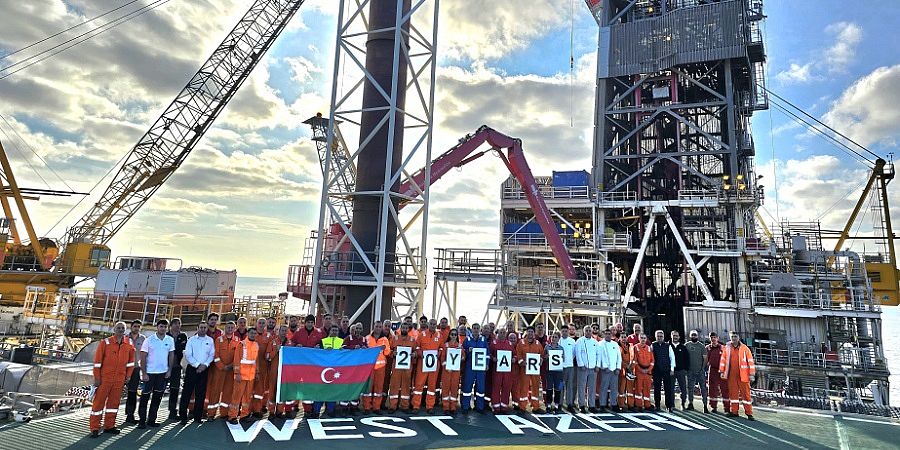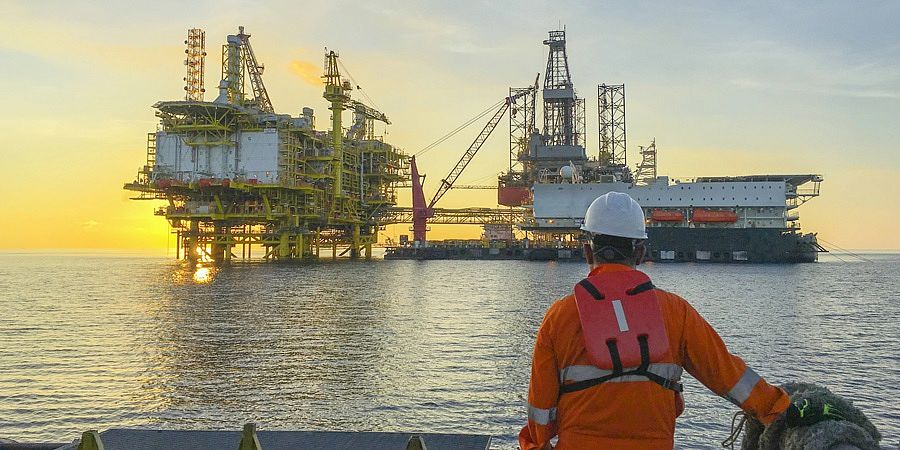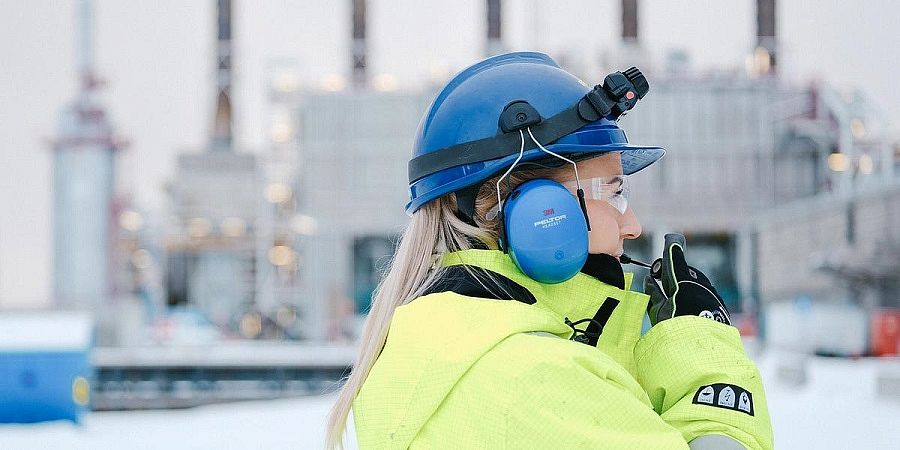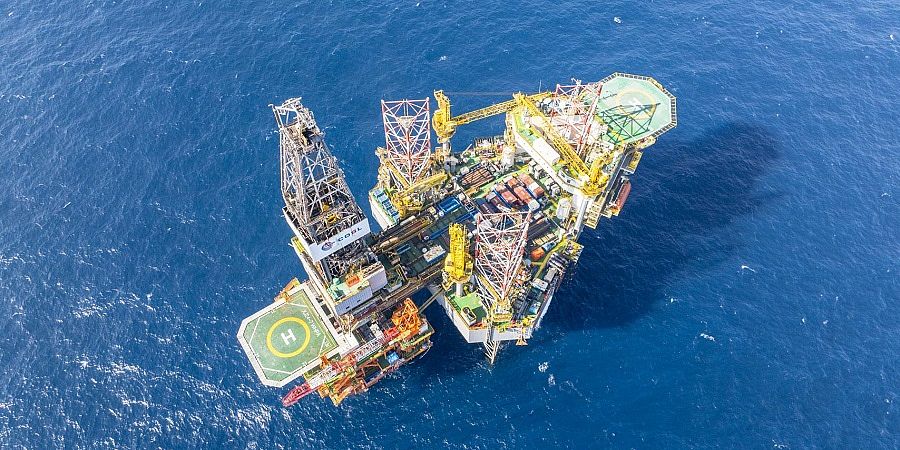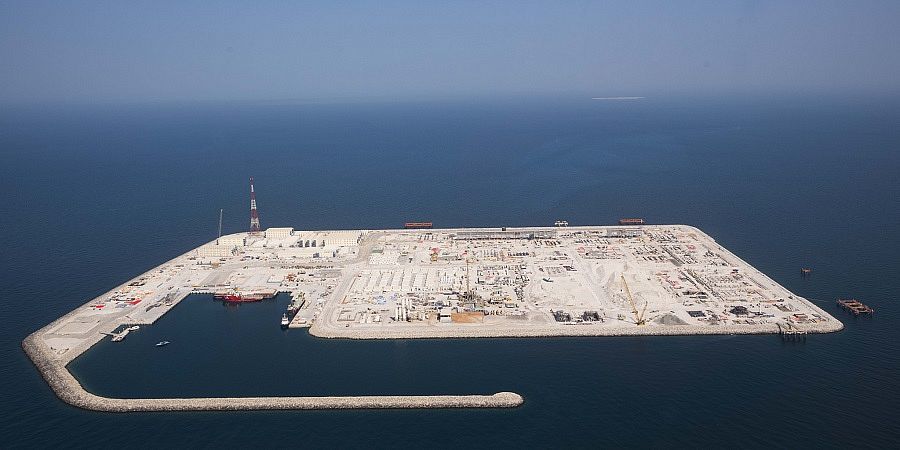The decline is projected to continue into the middle of the decade.
Although volumes will remain stable in 2022, production will drop an additional 10% by 2025 to around 4.3 million boepd versus current levels, predicts Rystad.
Prateek Pandey, upstream vice president at Rystad Energy, said:
- Liquids production in Southeast Asia has been on the decline for almost 20 years due to a lack of discoveries and project sanctioning activities in the region
- While new government incentives may help, the region looks set to experience declining production levels well into the future
Despite expectations of a rise in gas sales volume that would counter the 8% fall in production in 2020, volumes are expected to be down around 2% this year compared to 2020, at about 19 Bcfd.
For most of Southeast Asia, over 60% of output comes from mature blocks – fields producing more than 50% of its resource.
Volumes from such blocks are likely to see a consistent decline over the next few years, with an estimated 60% of production by 2030 likely coming from projects currently at the pre-FID stage.
Consequently, the driving force behind the region’s upstream outlook will be the sanctioning of new developments, reported Rystad.
2020 was a nightmare year for regional sanctioning activity, with only around 300 million boe of resources from 6 assets reaching FIDs.
As operators tried to move forward in 2021, the region has seen more than 10 projects secure FIDs, with around 750 million boe of reserves and some $3 billion in greenfield investment, with Malaysia accounting for 85% of the total, said Rystad.
Sanctioning activities in 2022 are likely to remain at similar levels, with FIDs planned on around 800 million boe of resources in the region, of which 60% are in Indonesia and over 35% in Malaysia.
Investments will likely be driven by increased drilling activity in mature blocks in Indonesia and Thailand, as NOCs take the reins and focus on top-producing blocks.
Around 360 million boe in resources have been discovered at 8 fields as of November 2021, surpassing 2020 volumes by 40%.
About 78% of total discovered resources this year in Southeast Asia are gas or gas condensate, while the remainder is oil.
About 84% come from shallow waters, with around 86% at NOC-operated blocks.
In line with the trend, over 90% of volume in the region in 2021 has been discovered in the Miocene-Clastic formation, said Rystad.

